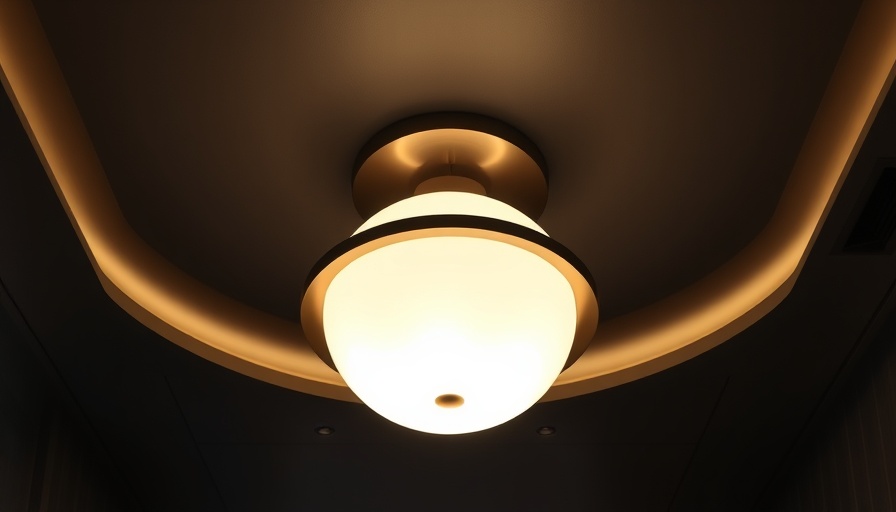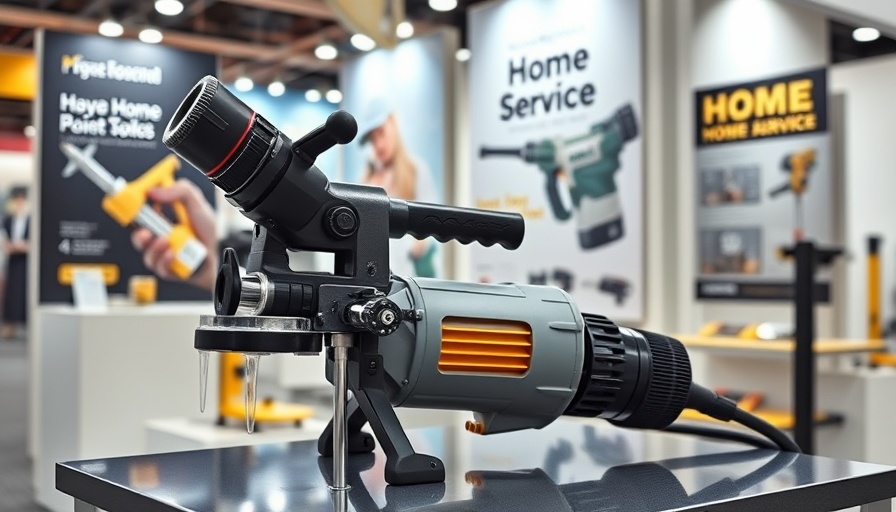
Elevate Your Space: The Importance of Updating Light Fixtures
In the world of home improvement, lighting plays a pivotal role in both aesthetics and function. If you've recently glanced at a dated light fixture and thought about it needing a makeover, you're not alone. Replacing old light fixtures not only enhances a room’s ambience but can also elevate the overall valuation and energy efficiency of your home.
Tools You’ll Need for the Task
Before diving into this DIY project, gathering the right tools will set you up for success. You'll need a new light fixture, a selection of screwdrivers, wire strippers, a voltage tester, wire nuts (often included in the fixture packaging), electrical tape, a ladder or step stool, and a stud finder if you plan to add a new junction box.
Step-by-Step Guide to Replacing a Light Fixture
Start by ensuring your safety: turn off the power from the breaker box. Once confirmed that the circuit is off, unmount the old fixture by unscrewing it from the ceiling and disconnecting the wires securely. It’s crucial to check your work with a voltage tester to ensure there are no live wires present.
Next, connect your new fixture: align the black wires and white wires accordingly, ensuring the ground wire is also attached correctly. Securing these connections with wire nuts and electrical tape will promote safety and durability.
- Remove any antique fixtures: Sometimes, what looks old can also be dangerous. Ensure your fixtures meet updated electrical standards.
- Consider energy efficiency: Replacing standard bulbs with LED-compatible fixtures not only changes the ambiance but can also lead to significant energy savings.
Trendy Alternatives: From Canned To Chic
Transitioning from standard canned lights to fashionable pendant or flush-mount fixtures can alter a room's aesthetic beyond measure. Removing the old can trim and attaching a retrofit kit will allow you to harness the charm of contemporary design while maintaining the structure's integrity.
When One Light Won't Cut It
If your aspirations include adding additional lighting over areas like kitchen islands or double vanities, be prepared for a more complex installation. This involves accessing the junction box and potentially cutting drywall to run new wiring. Although this step may require professional intervention, it's doable for the aspiring DIYer.
Conclusion: Brightening Your Space Today
Incorporating new lighting fixtures can instantly refresh your home’s look and enhance its functionality. For business owners in home service industries—like HVAC, plumbing, and renovation contractors—understanding the basics of lighting fixtures can improve your service offerings and help attract a wider clientele. Upgrade your business's capabilities with these insights and stay ahead in the home improvement game.
 Add Row
Add Row  Add Element
Add Element 


 Add Row
Add Row  Add
Add 

Write A Comment